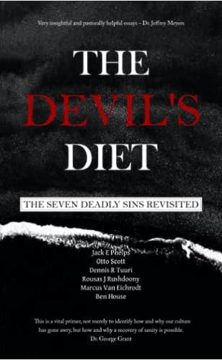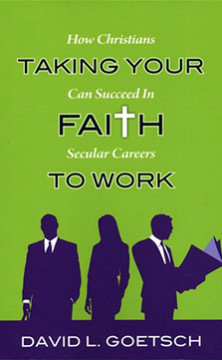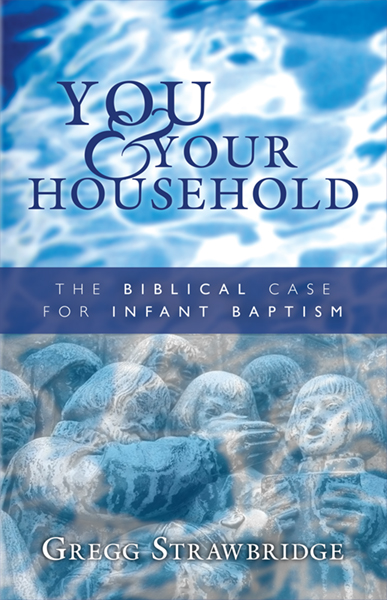Holy Saturday seems to be that day that is lost within all the Holy Week observances. We go through the feast of Maundy Thursday, the solemn vigil of Good Friday, and then we simply wait around for Resurrection Sunday morning. But what happened Saturday? Well, not much. But that is actually the point, and it deserves some attention.
In Matthew’s Gospel, we hear about events that happen in between Friday and Sunday, what, on the church calendar, is called Holy Saturday. We know the end of the story. We anticipate the end of the story. And well we should because Matthew has given us explicit statements of Jesus as well as hints of anticipation throughout his record of Jesus’ life. But all of this occurs in history, which means that it takes time. Sometimes we want to jump over this part and immediately start reading the final chapter. If we do, we miss an important part of the gospel story and the opportunity to understand just a little better how God works.
(more…)























